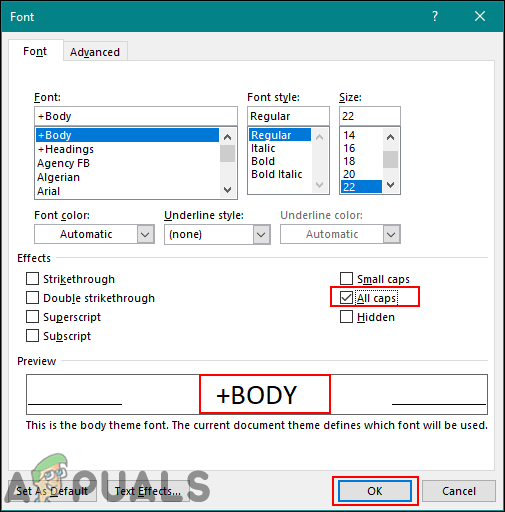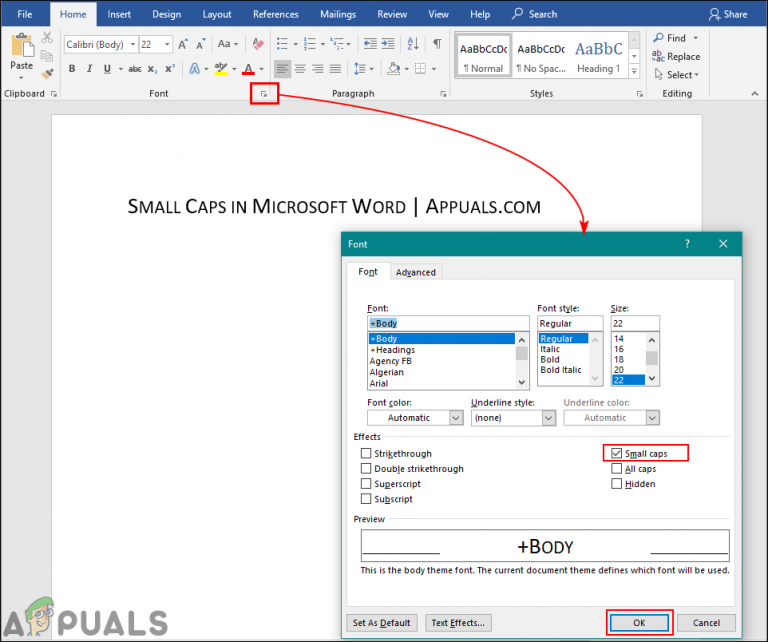

There are several considerations attached to this position. Otherwise these acronyms and abbreviations appear to be shouting. What we are basically saying is that strings of caps within body copy should be small caps. He has many other places where he recommends small caps. However, I strongly agree with Bringhurst here. There are only a few places where small caps are required-more on that in a bit. When you can use them at all, you get proportionally reduced small caps.

They do not exist on the Web-or in ePUBs or Kindle books. The obvious problem in this posting is that I cannot show you true small caps.

There isn’t room to fit true small caps into an 8-bit (256 character) font that already has lowercase letters. There are quite a few specialized fonts that have no lowercase - just caps and true small caps. With true small caps, the stroke weights of the small caps are the same as for the caps and lowercase of the normal font. This makes small caps look much thinner and lighter than the capitals they are with. What we normally get is proportionally reduced caps. The problem is that you may have never seen true small caps. Small caps are capital letters that have been proportionally reduced to the x-height and used in place of lower case letters. Most of you are probably familiar with this from tutorials of any of the professional publishing programs. One of the typesetting options in most professional software (and many word processors) has been the use of small caps.
USING SMALL CAPS IN WORD PRO
Many of the OpenType Pro font families have real small caps. They are a smaller set of capital letters (often a bit larger than the x-height), used in place of the lowercase letters, which are designed so they have the same color as the rest of the font.


 0 kommentar(er)
0 kommentar(er)
